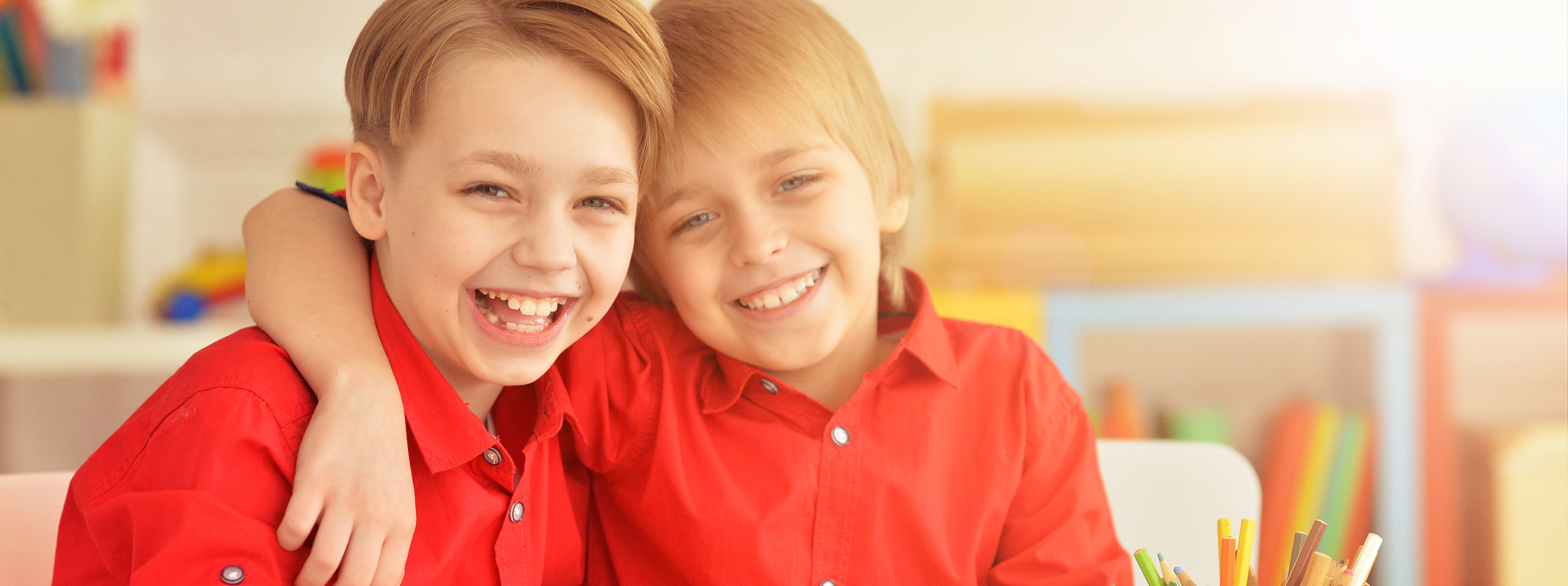Everything that surrounds us can be seen with the eyes, heard with the ears, tasted, smelled and touched. Perceptual channels are responsible for this: visual, auditory, gustatory, olfactory and kinesthetic.
Normally, a child relies on all channels of perception, but some can be developed better than others. The leading channel, the one that is more developed than the others, as a rule, starts the process of thinking, and then the rest are connected to it, as well as imagination, memory, and speech.
Let’s take a look at what each of the channels of perception is:
- Kinesthetic;
Children in whom this channel dominates are called kinesthetics. It is important for them to feel the world around them with the help of touch, taste and olfactory receptors. It is important to present information to kinesthetic children in the form of experiments, practical tasks and exercises.
- Visual;
Visuals think through images, shapes, colors. They translate all the information received through other channels into visual images, which they immediately remember. The visual memory of these children is well developed. When teaching these children, it is important to use illustrative examples – photographs, graphics, videos with subtitles.
- Auditory;
Audials learn the world primarily based on sounds, their tone, timbre, volume. Such people are easily annoyed by extraneous noise – it prevents them from concentrating.
Knowing the characteristics of the child’s perception, it is possible to build training in such a way that all incoming information is remembered in the best possible way.
